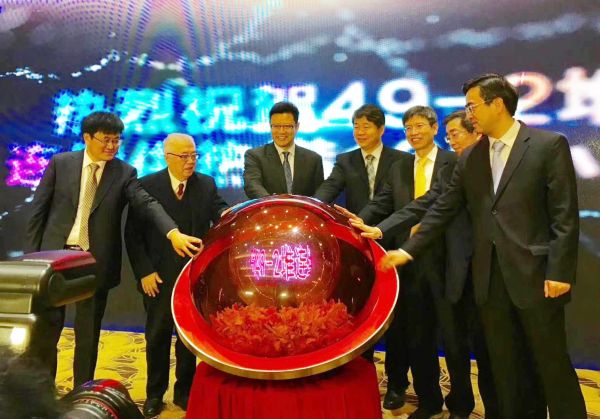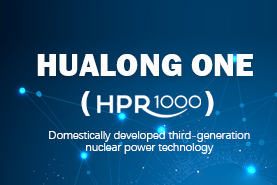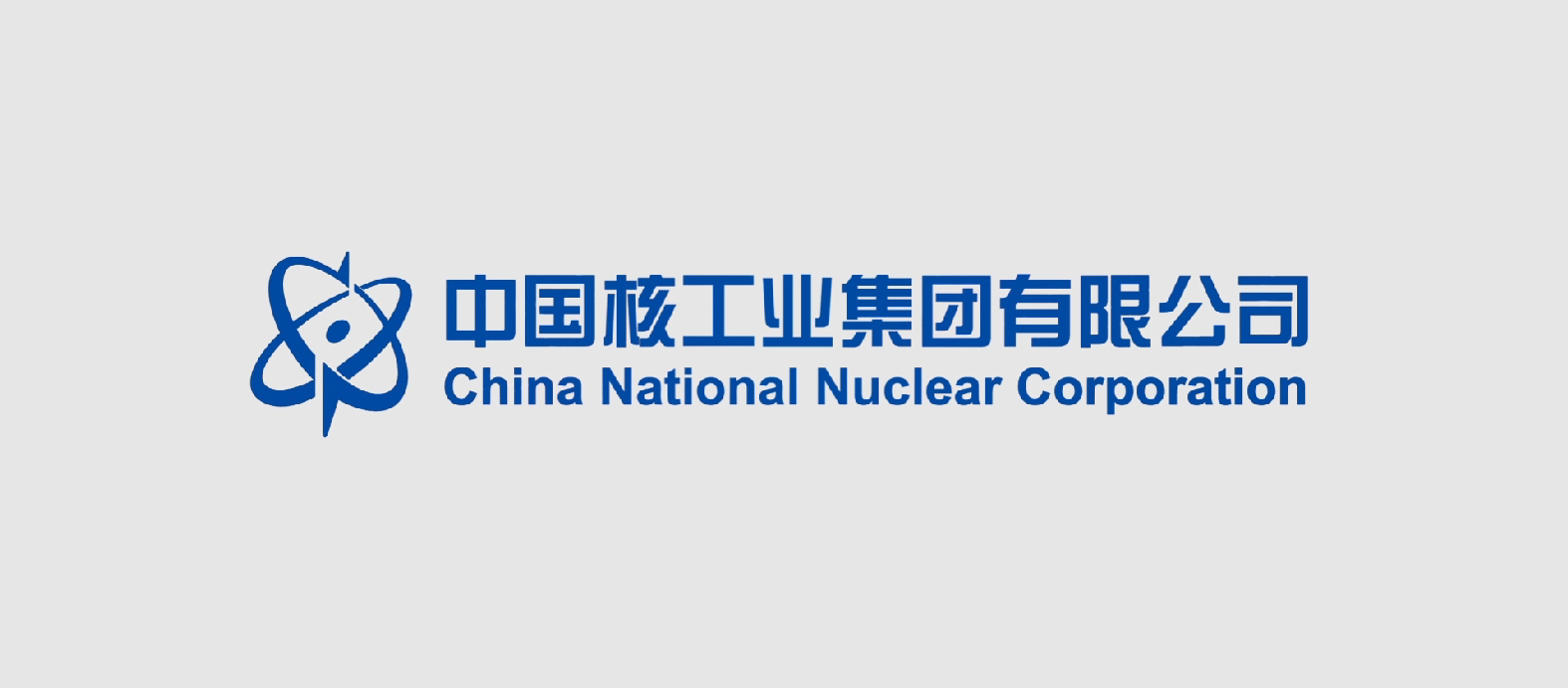CNNC launches pool-type low-temperature heating reactor

China National Nuclear Corporation (CNNC) launched its independently researched and developed Yanlong pool-type low-temperature heating reactor (DHR-400) for district heating in Beijing on Nov 28.
CNNC announced the news just after the pool-type light-water reactor (49-2 reactor), researched by China Institute of Atomic Energy, continuously supplied heat for 168 hours, marking a new step for the corporation in nuclear energy heating technology.
The Yanlong DHR-400 has also provided technological support for the later design and research of pool-type low-temperature heating reactors, with ecofriendly development being important in terms of the resolutions mentioned during the 19th CPC National Party Congress.
It’s an effective way to improve China’s energy resource structure by utilizing nuclear energy for district heating, and to ease the increasing pressures on energy supplies. Nuclear energy heating could also reduce emissions, especially as a key technological measure to combat haze during winter in northern China. Thus, it can benefit the environment and people’s health in the long run.
Yanlong has been developed based upon CNNC’s safe and stable operation of pool-type experimental reactors during the past 50 years, and it’s a safe, economical and green reactor product targeting the demand for heating in northern cities.
With mature technologies, it can be operated under low temperatures and normal pressures. It can be constructed near urban areas thanks to the zero risk of a meltdown and lack of emissions. And it is easy to decommission and represents a relatively modest investment.
It can be constructed either inner land or on the coast, making it an especially good fit for northern inland areas, and it has an expected lifespan of around 60 years. In terms of costs, the thermal price is far superior to gas, and is comparably economical with coal and combined heat and power (CHP). Yanlong reactor can be properly decommissioned and its factory site can be recycled.



